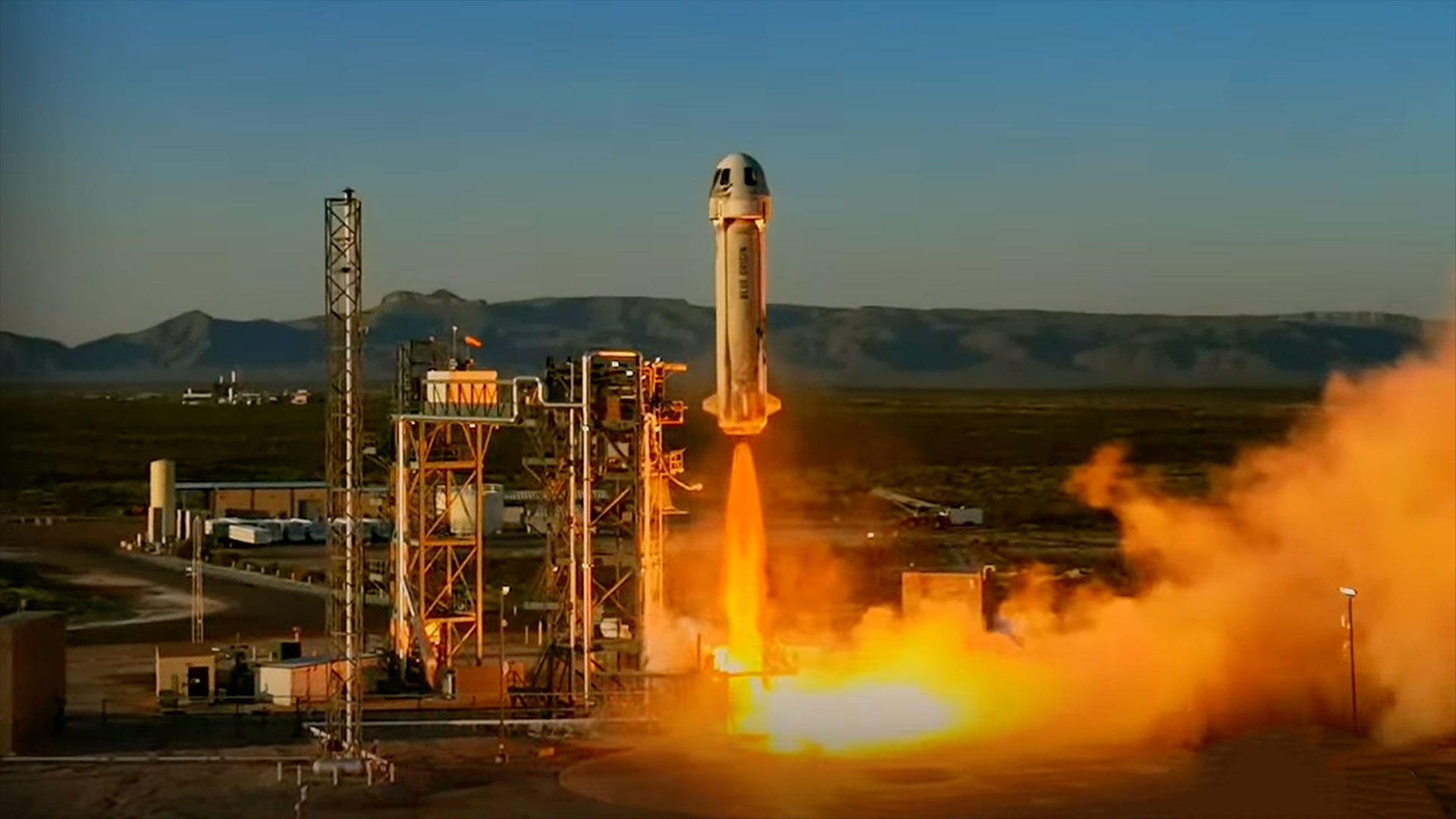Space 'Rosetta Stone' Unlike Anything Seen Before
Meteoritefragments of the first asteroid ever spotted in space before it slammed intoEarth?s atmosphere last year were recovered by scientists from the deserts of Sudan.
These preciouspieces of space rock, described in a study detailed in the March 26 issue ofthe journal Nature, could be an important key to classifying meteoritesand asteroidsand determining exactly how they formed.
Theasteroid was detected by the automated Catalina Sky Survey telescope at Mount Lemmon , Ariz., on Oct. 6, 2008. Just 19 hours after it was spotted, it collidedwith Earth's atmosphere and exploded 23 miles (37 kilometers) above theNubian Desert of northern Sudan.
Because itexploded so high over Earth's surface, no chunks of it were expected to havemade it to the ground. Witnesses in Sudan described seeing a fireball, whichended abruptly.
But PeterJenniskens, a meteor astronomer with the SETI Institute's Carl Sagan Center, thought it would be possible to find some fragments of the bolide. Along with MuawiaShaddad of the University of Khartoum and students and staff, Jenniskensfollowed the asteroid's approach trajectory and found 47 meteorites strewnacross an 18-mile (29-km) stretch of the Nubian Desert.
"Thiswas an extraordinary opportunity, for the first time, to bring into the labactual pieces of an asteroid we had seen in space," Jenniskens said.
Classification
Breaking space news, the latest updates on rocket launches, skywatching events and more!
Astronomerswere able to detect the sunlight reflected off the car-sized asteroid (muchsmaller than the one thought to have wipedout the dinosaurs) while it was still hurtling through space. Looking atthe signature of light, or spectra of space rocks is the only way scientistshave had of dividing asteroids into broad categories based on the limitedinformation the technique gives on composition.
However,layers of dust stuck to the surfaces of the asteroids can scatter light inunpredictable ways and may not show what type of rock lies underneath. This canalso make it difficult to match up asteroids with meteorites found on Earth ?that's why this new discovery comes in so handy.
Both theasteroid, dubbed 2008 TC3, and its meteoric fragments indicate that it couldbelong to the so-called F-class asteroids.
"F-classasteroids were long a mystery," said SETI planetary spectroscopist JaniceBishop. "Astronomers have measured their unique spectral properties withtelescopes, but prior to 2008 TC3 there was no corresponding meteorite class,no rocks we could look at in the lab."
Cookedcarbon
Thechemical makeup of the meteorite fragments, collectively known as"Almahata Sitta," shows that they belong to a rare class ofmeteorites called ureilites, which may all have come from the same originalparent body. Though what that parent body was, scientists do not know.
"Therecovered meteorites were unlike anything in our meteorite collections up tothat point," Jenniskens said.
Themeteorites are made of very dark, porous material that is highly fragile (whichexplains why the bolideexploded so high up in the atmosphere).
The carboncontent of the meteorites shows that at some point in the past, they weresubjected to very high temperatures.
"Withouta doubt, of all the meteorites that we've ever studied, the carbon in this onehas been cooked to the greatest extent," said study team member AndrewSteele of the Carnegie Institution in Washington, D.C. "Very cooked,graphite-like carbon is the main constituent of the carbon in thismeteorite."
Steele alsofound nanodiamonds in the meteorite, which could provide clues as to whetherheating was caused by impacts to the parent asteroid or by some other process.
RosettaStone
Havingspectral and laboratory information on the meteorites and their parent asteroidwill help scientists better identify ureilite asteroids still circling inspace.
"2008TC3 could serve as a Rosetta Stone, providing us with essential clues to theprocesses that built Earth and its planetary siblings," said study teammember Rocco Mancinelli, also of SETI.
One knownasteroid with a similar spectrum, the 2.6-km wide 1998 KU2, has already beenidentified as a possible source for the smaller asteroid 2008 TC3 that impactedEarth.
Withefforts such as the Pan-STARRSproject sweeping the skies in search of other near-Earth asteroids,Jenniskens expects that more events like 2008 TC3 will happen.
"Ilook forward to getting the next call from the next person to spot one of these,"he said. "I would love to travel to the impact area in time to see thefireball in the sky, study its breakup and recover the pieces. If it's bigenough, we may well find other fragile materials not yet in our meteoritecollections."
- Video: Asteroid Hunting
- Asteroid Exploded in Earth's Atmosphere
- Images: Asteroids

Andrea Thompson is an associate editor at Scientific American, where she covers sustainability, energy and the environment. Prior to that, she was a senior writer covering climate science at Climate Central and a reporter and editor at Live Science, where she primarily covered Earth science and the environment. She holds a graduate degree in science health and environmental reporting from New York University, as well as a bachelor of science and and masters of science in atmospheric chemistry from the Georgia Institute of Technology.
